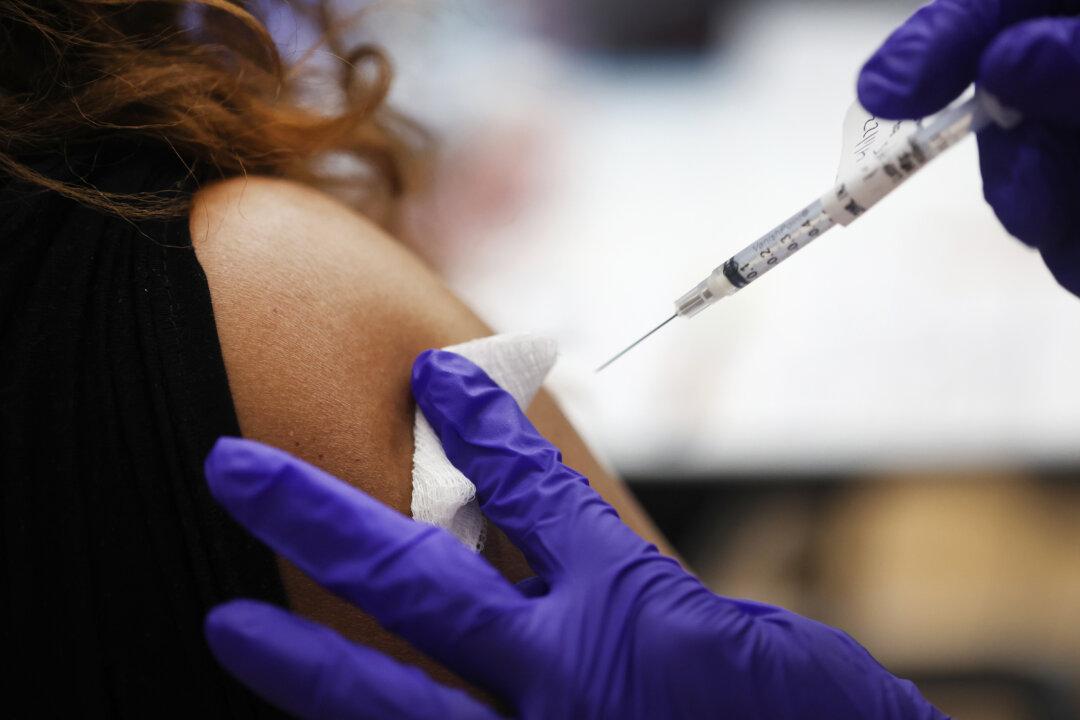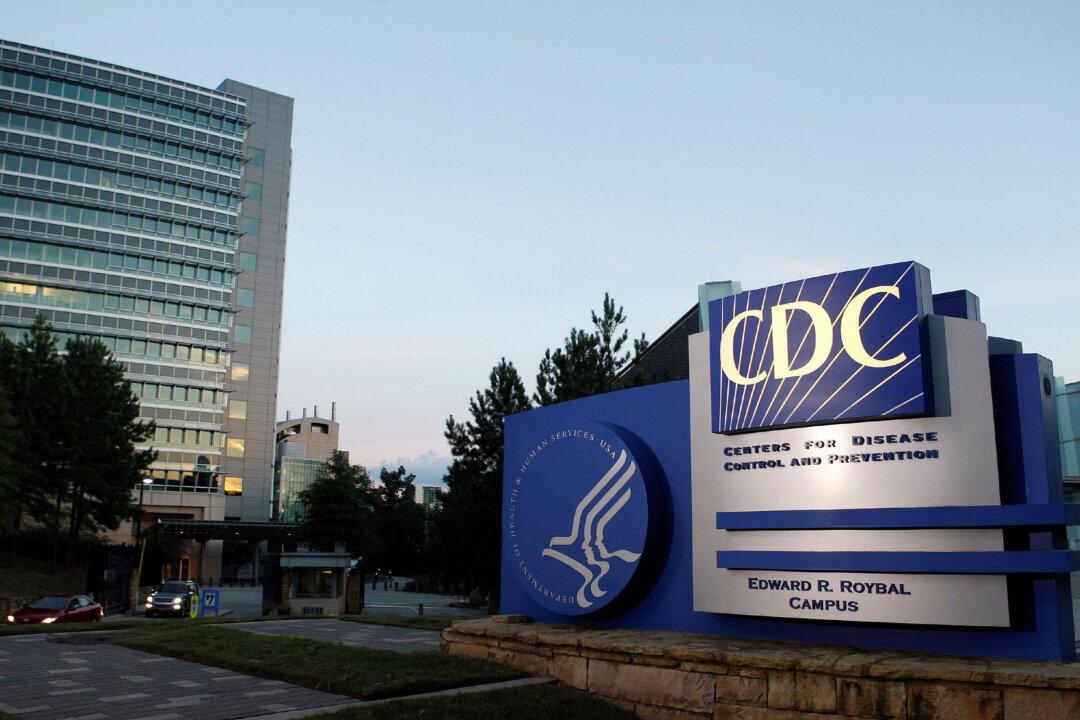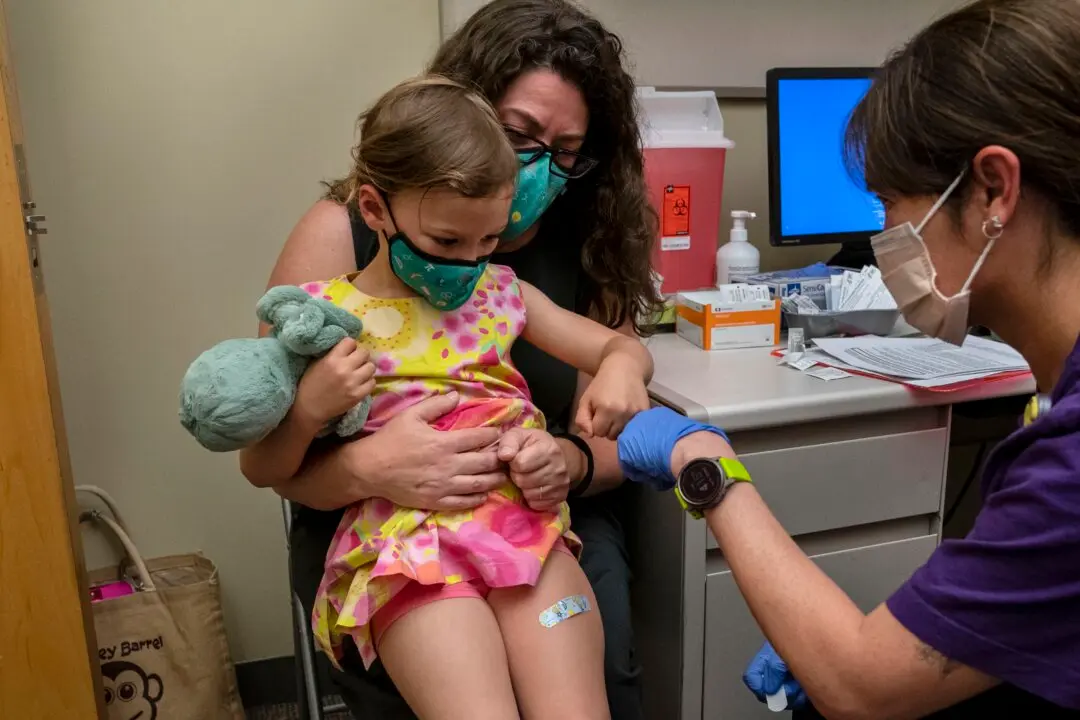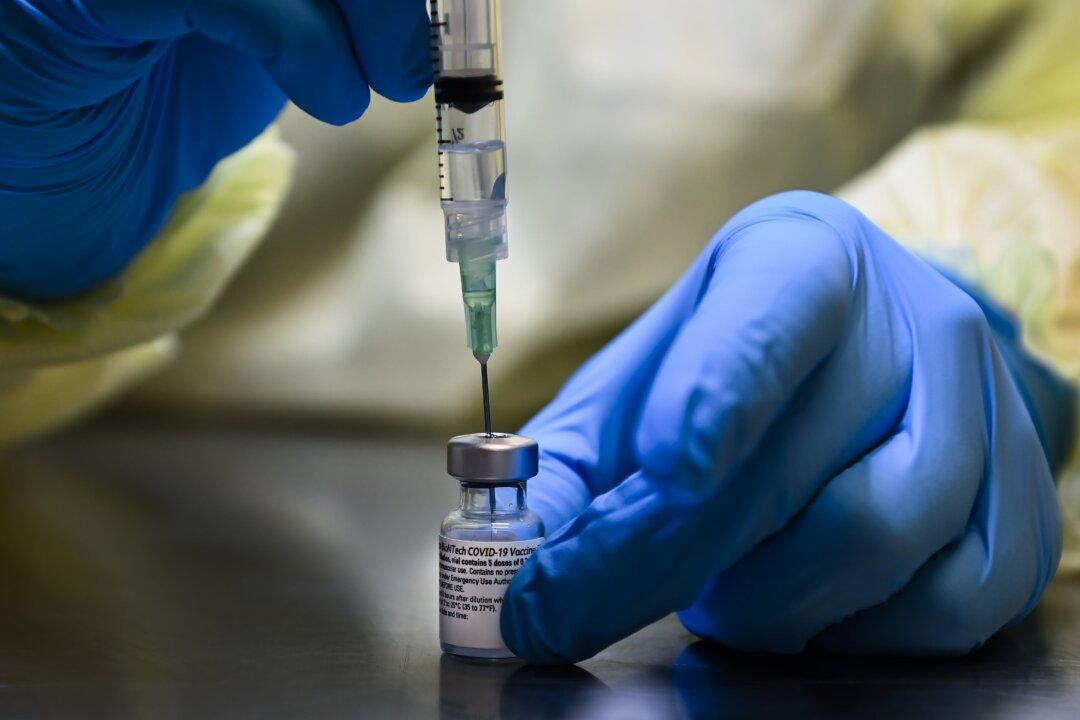The Senate Finance Committee released a report on Jan. 14 detailing the “opaque” business dealings between drug manufacturers and pharmacy benefit managers (PBMs) that led to the higher cost of insulin for the past 15 years.
The report (pdf) is a result of an almost two-year bipartisan investigation led by Chairman Chuck Grassley (R-Iowa) and Ranking Member Ron Wyden (D-Ore.) into marketing practices and drug pricing of insulin.






